The WPJ
THE WORLD PROPERTY JOURNALReal Estate Facts Not Fiction
Residential Real Estate News

U.S. Housing Affordability Hits 18-Month Low on Lack of Supply, Higher Prices
Residential News » San Francisco Edition | By Monsef Rachid | August 7, 2020 8:00 AM ET
San Francisco is the nation's least affordable major housing market
According to the latest National Association of Home Builders / Wells Fargo Housing Opportunity Index, despite low interest rates, a supply shortage coupled with rising home prices contributed to a decline in housing affordability in the second quarter of 2020.
In all, 59.6 percent of new and existing homes sold between the beginning of April and end of June were affordable to families earning an adjusted U.S. median income of $72,900. This is down from the 61.3 percent of homes sold in the first quarter of 2020 that were affordable to median-income earners and the lowest reading since the fourth quarter of 2018.
The Department of Housing and Urban Development's original estimates of median family income for 2020 were developed prior to the COVID-19 pandemic. To account for the pandemic's effects, the HUD estimates were reduced consistent with NAHB's economic forecast for 2020. As a result, the 2020 national median income estimates used in the HOI calculations ($72,900) are 7.1 percent lower than the initial national 2020 estimates ($78,500) from HUD.
"There was underbuilding before the pandemic hit, and the coronavirus outbreak has exacerbated the situation by disrupting existing supply chains," said NAHB Chairman Chuck Fowke. "Builders are particularly concerned over surging lumber prices that are up nearly 70 percent since mid-April."
"Home prices appreciated robustly during the second quarter due to better-than-expected housing demand in the wake of the pandemic and because the coronavirus hindered the ability of builders to ramp up production," said NAHB Chief Economist Robert Dietz. "Looking forward, in this record-low interest rate environment housing should be a bright spot for the economy as rising demand continues in the suburbs, exurbs and other lower density markets."
The HOI shows that the national median home price jumped to a record $300,000 in the second quarter from $280,000 in the previous quarter. Meanwhile, average mortgage rates fell by 27 basis points in the second quarter to 3.34 percent from 3.61 percent in the first quarter.
Scranton-Wilkes Barre-Hazleton, Pa., was rated the nation's most affordable major housing market, defined as a metro with a population of at least 500,000. There, 89.1 percent of all new and existing homes sold in the second quarter were affordable to families earning the area's median income of $66,600. Meanwhile, Cumberland-Md.-W.Va., was rated the nation's most affordable smaller market, with 96.9 percent of homes sold in the second quarter being affordable to families earning the median income of $57,500.
Rounding out the top five affordable major housing markets in respective order were Harrisburg-Carlisle, Pa.; Pittsburgh, Pa.; St. Louis-Mo.-Ill.; and Wilmington, Del.-Md.-N.J.
Smaller markets joining Cumberland at the top of the list included Binghamton, N.Y.; Kokomo, Ind.; Lima, Ohio; and Davenport-Moline-Rock Island, Iowa-Ill.
San Francisco-Redwood City-South San Francisco, Calif., was the nation's least affordable major housing market. There, just 8.5 percent of the homes sold during the second quarter were affordable to families earning the area's median income of $129,200.
Other major metros at the bottom of the affordability chart were in California. In descending order, they included Los Angeles-Long Beach-Glendale; Anaheim-Santa Ana-Irvine; San Jose-Sunnyvale-Santa Clara; and San Diego-Carlsbad.
All five least affordable small housing markets were also in the Golden State. At the very bottom of the affordability chart was Salinas, where 16.1 percent of all new and existing homes sold in the second quarter were affordable to families earning the area's median income of $75,800.
In descending order, other small markets at the lowest end of the affordability scale included Merced; San Rafael; Santa Cruz-Watsonville; and San Luis Obispo-Paso Robles-Arroyo Grande.
Sign Up Free | The WPJ Weekly Newsletter
Relevant real estate news.
Actionable market intelligence.
Right to your inbox every week.
Real Estate Listings Showcase

$1,475,000
Townhome For Sale
Phoenix, Arizona

$350
Home For Rent
Lake Arrowhead, California

€450,000
Home For Sale
Central Istria, Croatia
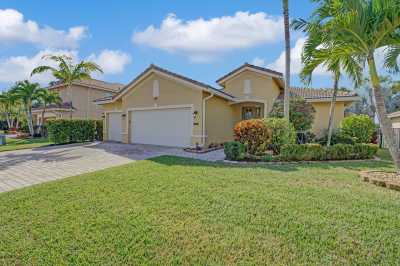
$740,000
Home For Sale
West Palm Beach, Florida

49,000,000 THB
Villa For Sale
Hua Hin, Thailand

$1,350,000
Mixed Use For Sale
Huaraz, Peru
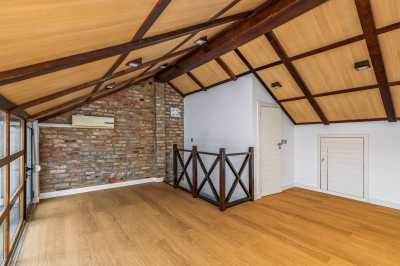
€800,000
Apartment For Sale
Lisboa, Portugal

$1,200,000
Residential Land For Sale
Puerto Escondido, Mexico
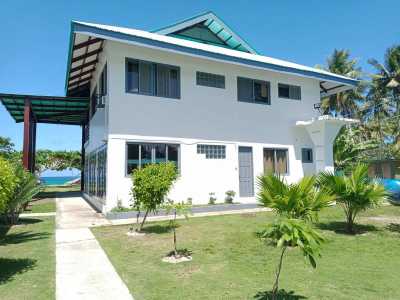
$2,800,000
Commercial New Construction For Sale
General Luna, Philippines

$795,000
Home For Sale
Cuenca, Ecuador
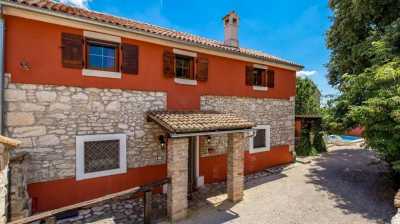
€240,000
Home For Sale
Central Istria, Croatia
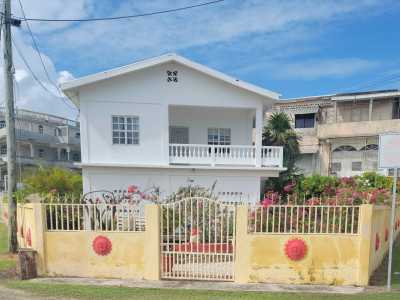
$750,000
Mixed Use For Sale
Corozal, Belize
Related News Stories
Residential Real Estate Headlines
- More Americans Opting for Renting Over Homeownership in 2024
- BLOCKTITLE Global Property Tokenization Platform Announced
- Small Investors Quietly Reshaping the U.S. Housing Market in Late 2024
- Greater Miami Overall Residential Sales Dip 9 Percent in November
- U.S. Home Sales Enjoy Largest Annual Increase in 3 Years Post Presidential Election
- U.S. Housing Industry Reacts to the Federal Reserve's Late 2024 Rate Cut
- U.S. Home Builders Express Optimism for 2025
- Older Americans More Likely to Buy Disaster-Prone Homes
- NAR's 10 Top U.S. Housing Markets for 2025 Revealed
- U.S. Mortgage Delinquencies Continue to Rise in September
- U.S. Mortgage Rates Tick Down in Early December
- Post Trump Election, U.S. Homebuyer Sentiment Hits 3-Year High in November
- Global Listings Aims to Become the Future 'Amazon of Real Estate' Shopping Platform
- Greater Las Vegas Home Sales Jump 15 Percent in November
- Ultra Luxury Home Sales Globally Experience Slowdown in Q3
- World Property Exchange Announces Development Plan
- Hong Kong Housing Market to Reach Equilibrium in Late 2025
- Construction Job Openings in U.S. Down 40 Percent Annually in October
- U.S. Mortgage Applications Increase in Late October
- World Property Markets, World Property Media to Commence Industry Joint-Venture Funding Rounds in 2025
- New Home Sales Hit 2 Year Low in America
- U.S. Pending Home Sales Increase for Third Consecutive Month in October
- Pandemic-led Residential Rent Boom is Now Fizzling in the U.S.
- Emerging Global Real Estate Streamer WPC TV Expands Video Programming Lineup
- 1 in 5 Renters in America Entire Paycheck Used to Pay Monthly Rent in 2024
- U.S. Home Sales Jump 3.4 Percent in October
- Home Buyers Negotiation Power Grows Amid Cooling U.S. Market
- Canadian Home Sales Surge in October, Reaching a Two-Year High
- Greater Orlando Area Home Sales Continue to Slide in October
- U.S. Mortgage Credit Availability Increased in October
- U.S. Mortgage Rates Remain Stubbornly High Post Election, Rate Cuts
- Construction Input Prices Continue to Rise in October
- BETTER MLS: A New Agent and Broker Owned National Listings Platform Announced
- Home Prices Rise in 87 Percent of U.S. Metros in Q3
- Caribbean Islands Enjoying a New Era of Luxury Property Developments
- The World's First 'Global Listings Service' Announced
- Agent Commission Rates Continue to Slip Post NAR Settlement
- Market Share of First Time Home Buyers Hit Historic Low in U.S.
- Greater Palm Beach Area Residential Sales Drop 20 Percent Annually in September
- Mortgage Applications in U.S. Dip in Late October
Reader Poll
In 2025, which region of the world are you most likely to buy or invest in real estate?





